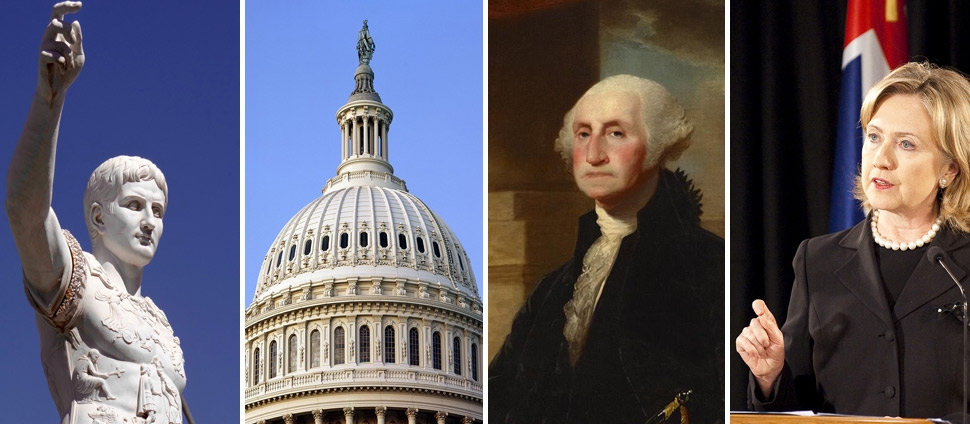Document Type
Article
Publication Date
2016
Publication Title
Social Science Quarterly
Abstract
Mainstream American perception often views Islamic head covering as a controversial practice indicative of gender repression and norms violating individual rights. Practicing Muslims counter that head covering expresses piety, modesty, and protection. Recent scholarship affirms the complexity of the practice, and reveals that the motivations behind donning the headscarf span the religious, social, and political realms for Muslim women.Methods.We explore the motivations for the practice among American Muslims, examining the way religious, social, and political life interact and reinforce one another, using data from an online survey of 1,847 Muslim-American women from 49 states.Results.Our findings demonstrate that religiosity is not a monolithic factor, and religious practices interact with and enforce head covering in complex ways. We illustrate that conventionally understood indicators of Islamic religiosity align along three dimensions: religious lifestyle, religious abstinence, and religious socialization. Elements of a religious lifestyle, such as praying and attending mosque as well as fostering connections with Islamic social networks, are more strongly associated with covering than practices related to abstinence or socialization.Conclusions.Ultimately, our research demonstrates a more nuanced understanding of how different aspects of Muslim religiosity condition covering among Muslim-American women.
Volume
97
Issue
3
DOI
10.1111/ssqu.12278
Rights
© 2016 by the Southwestern Social Science Association
Version
Version of Record
Recommended Citation
Westfall, Aubrey; Welborne, Bozena; Tobin, Sarah; and Russell, Özge Çelik, "The Complexity of Covering: The Religious, Social, and Political Dynamics of Islamic Practice in the United States" (2016). Government: Faculty Publications, Smith College, Northampton, MA.
https://scholarworks.smith.edu/gov_facpubs/58


